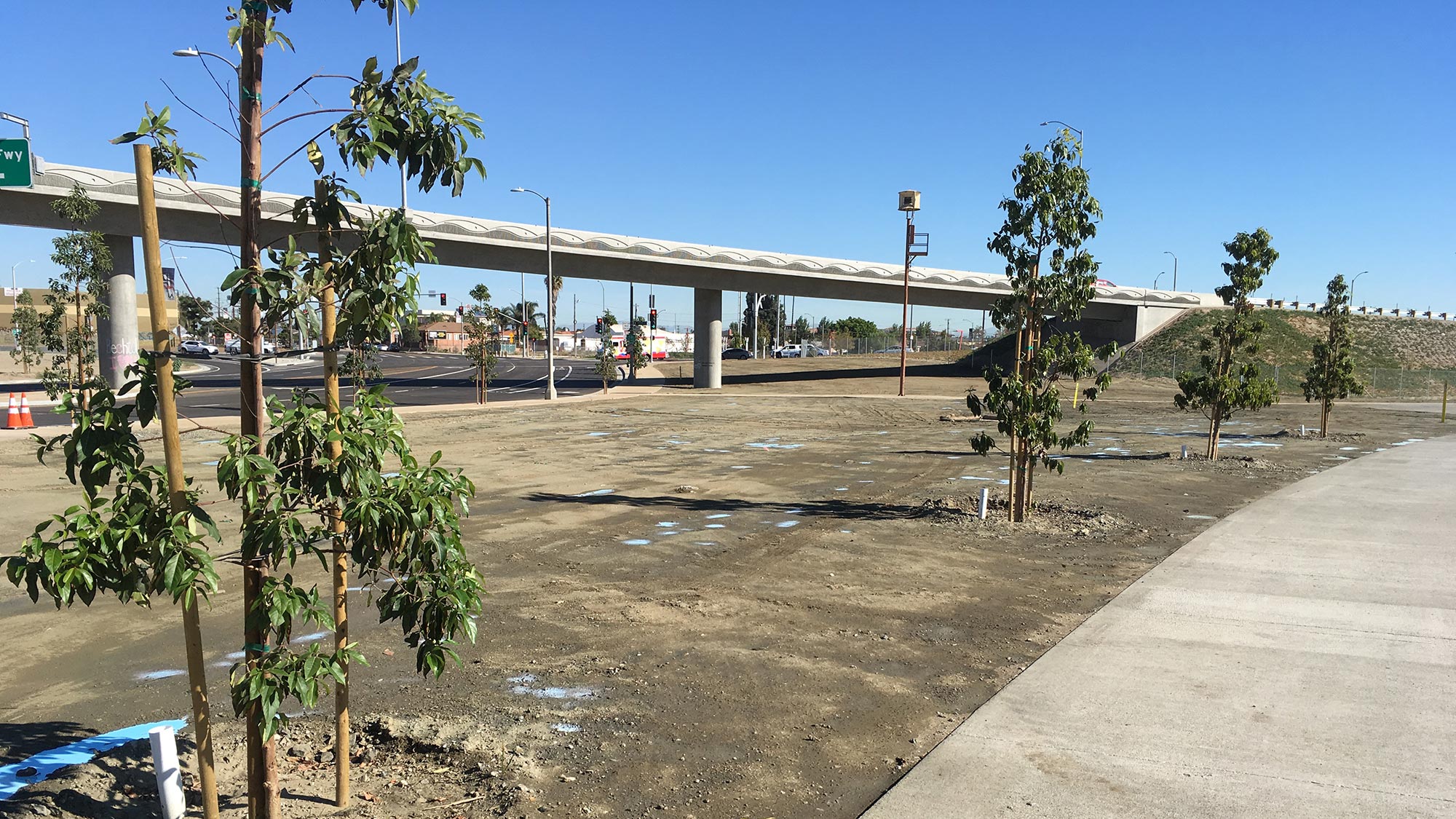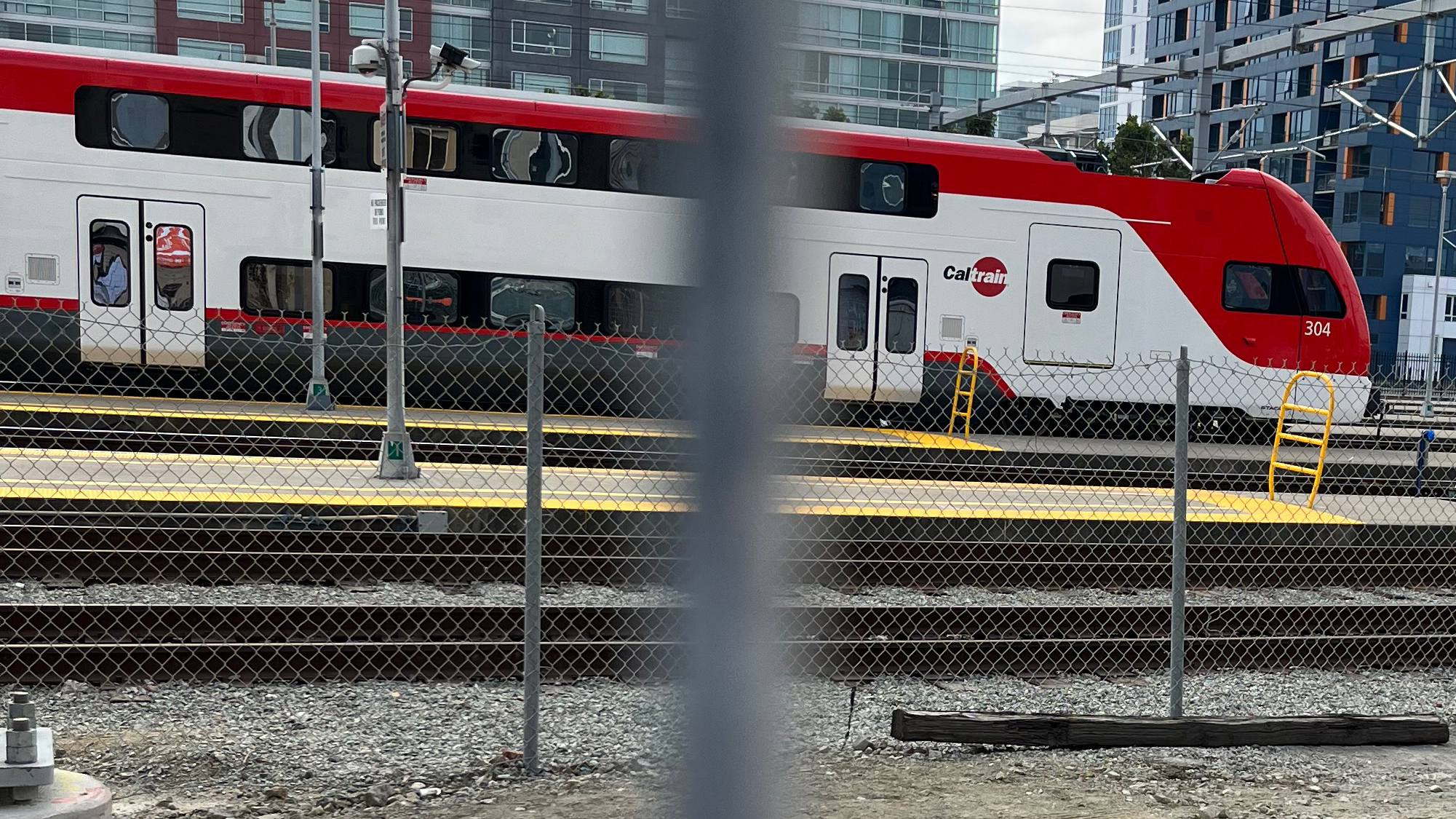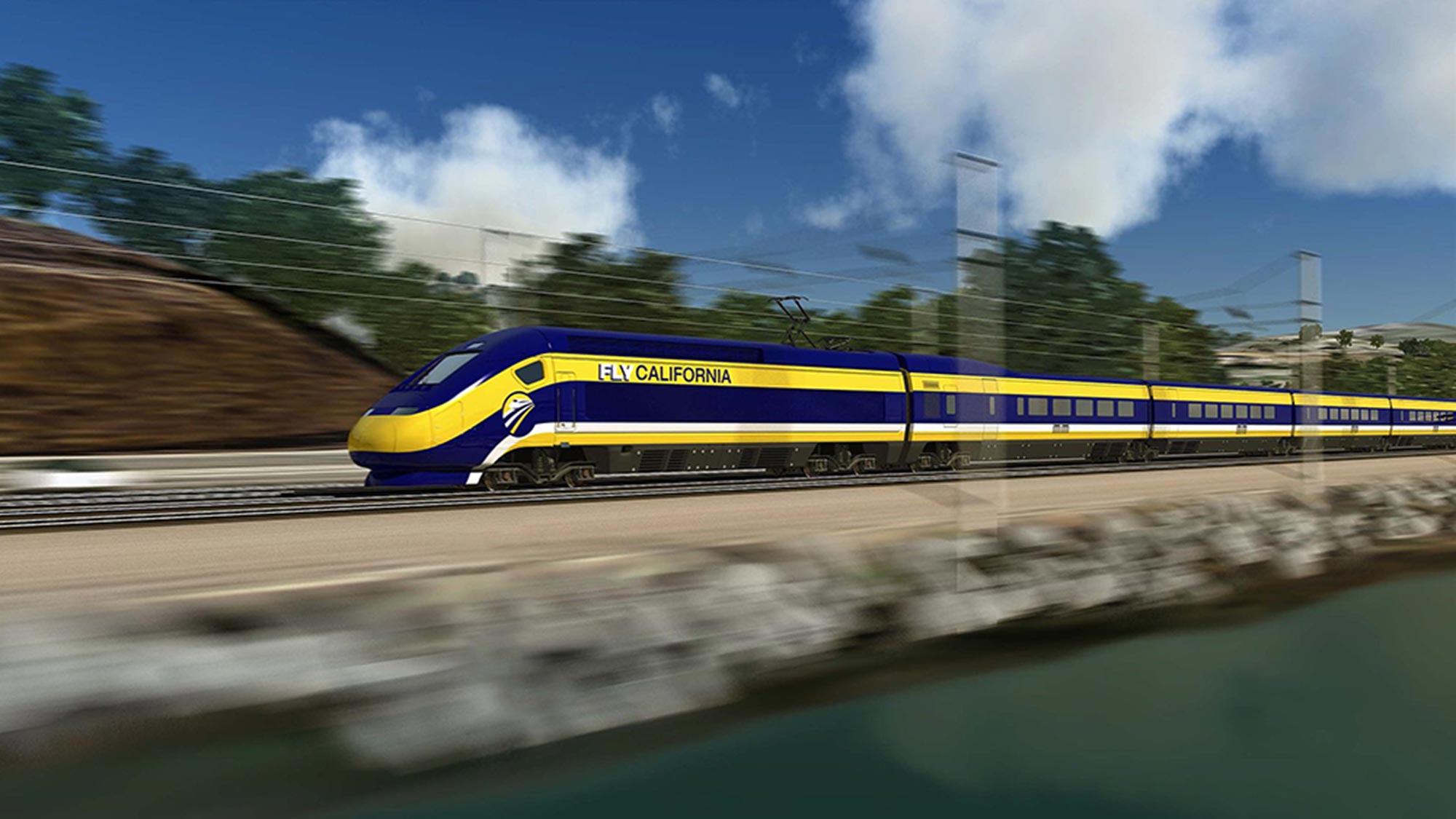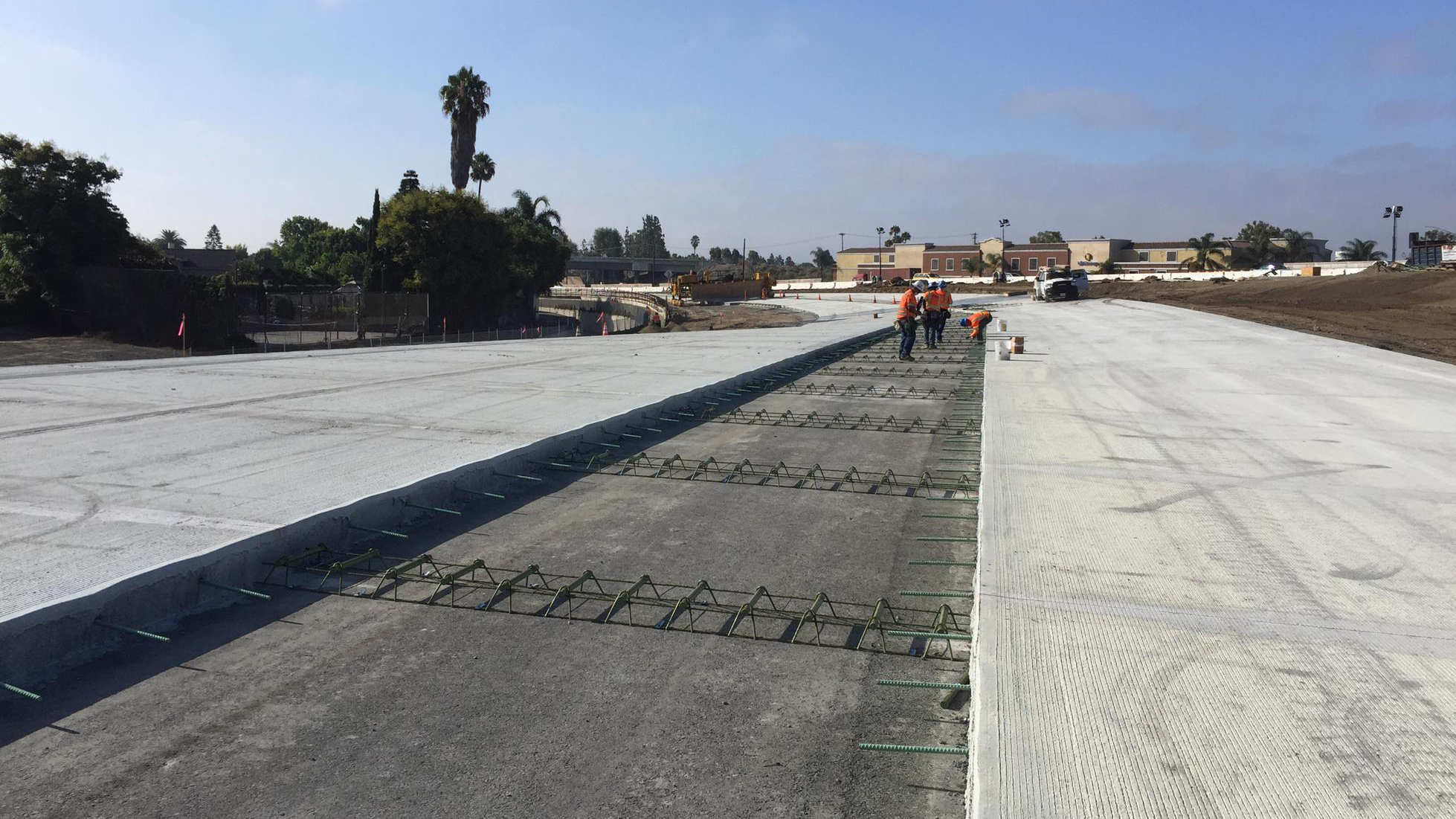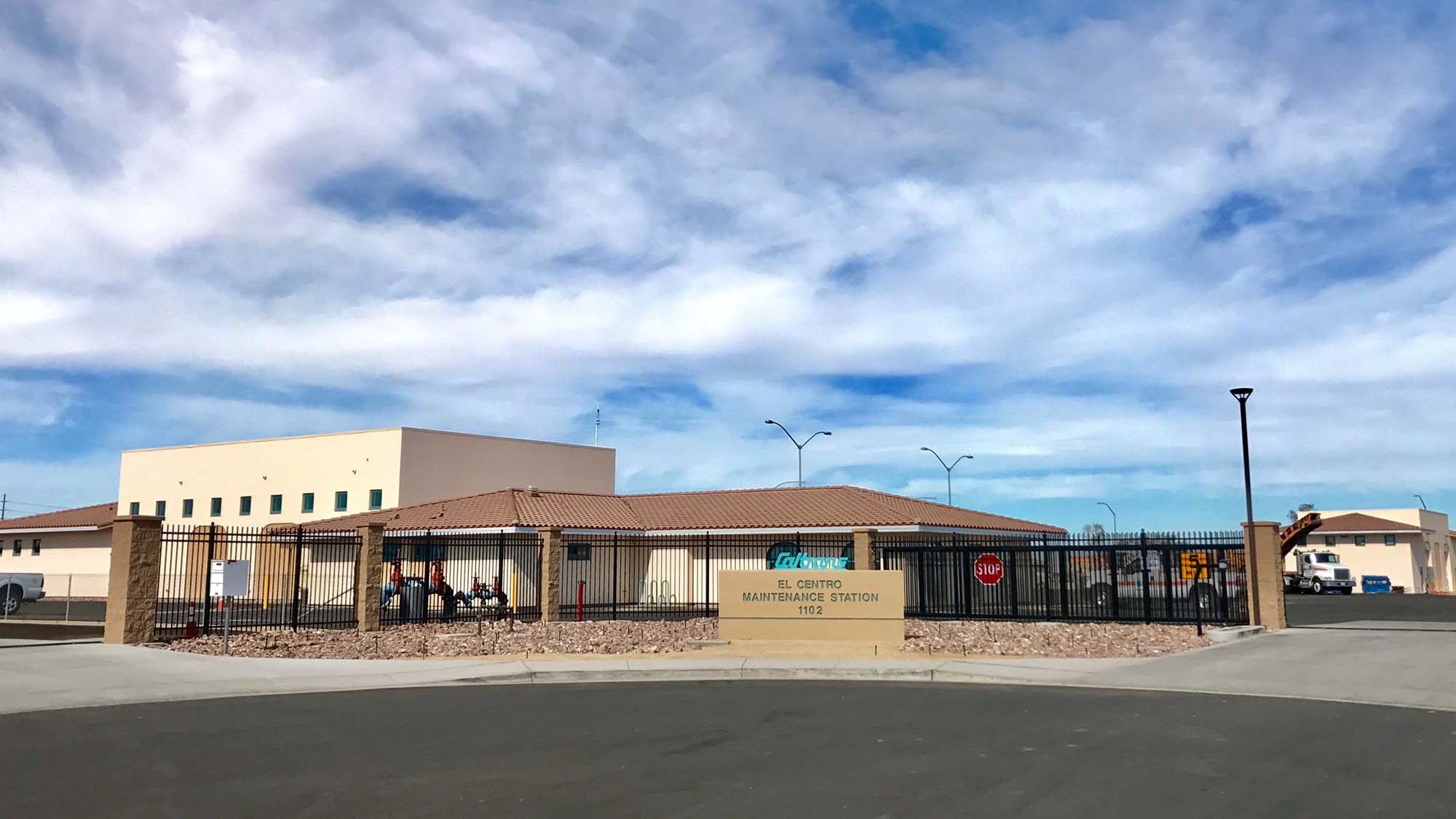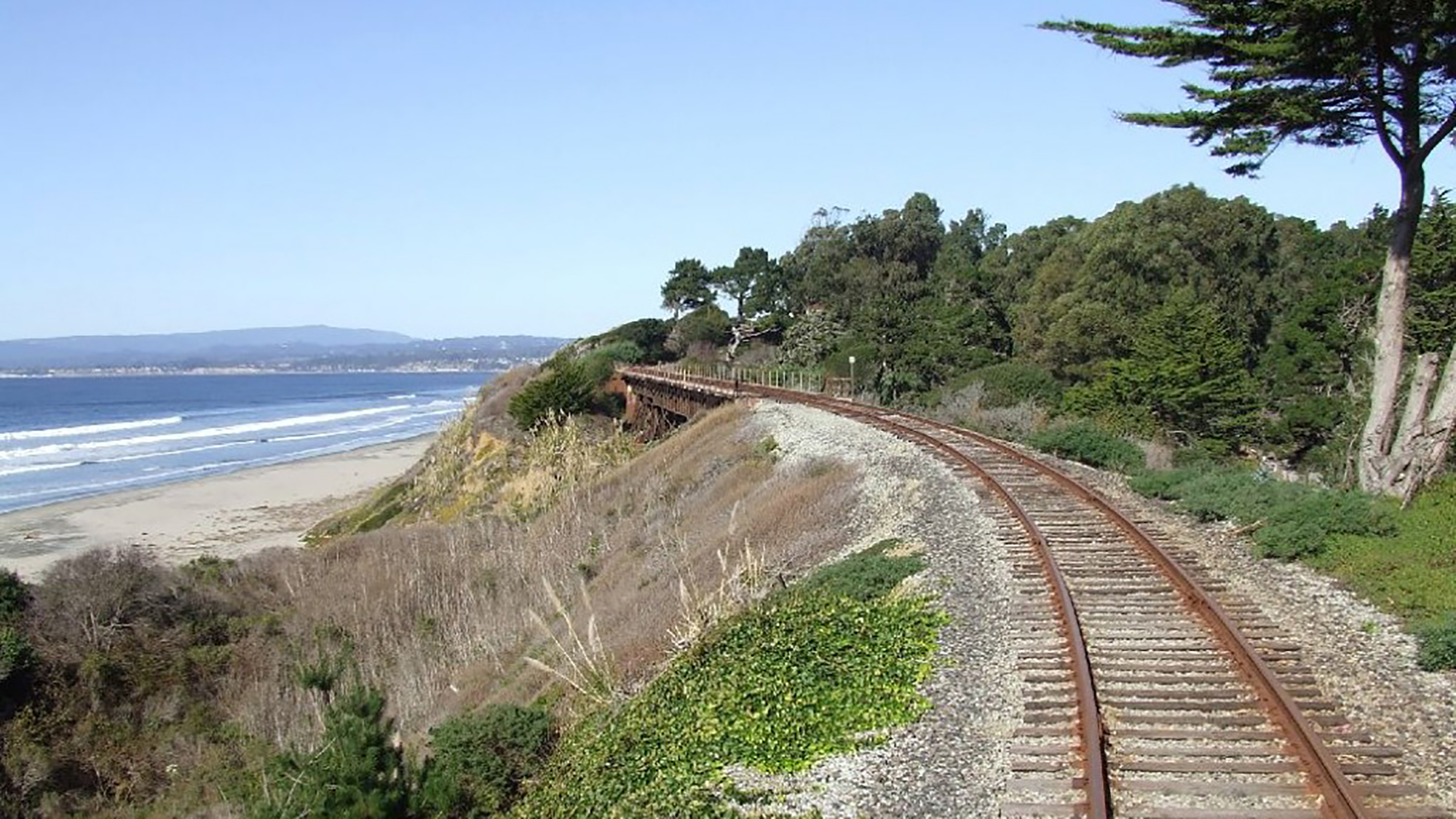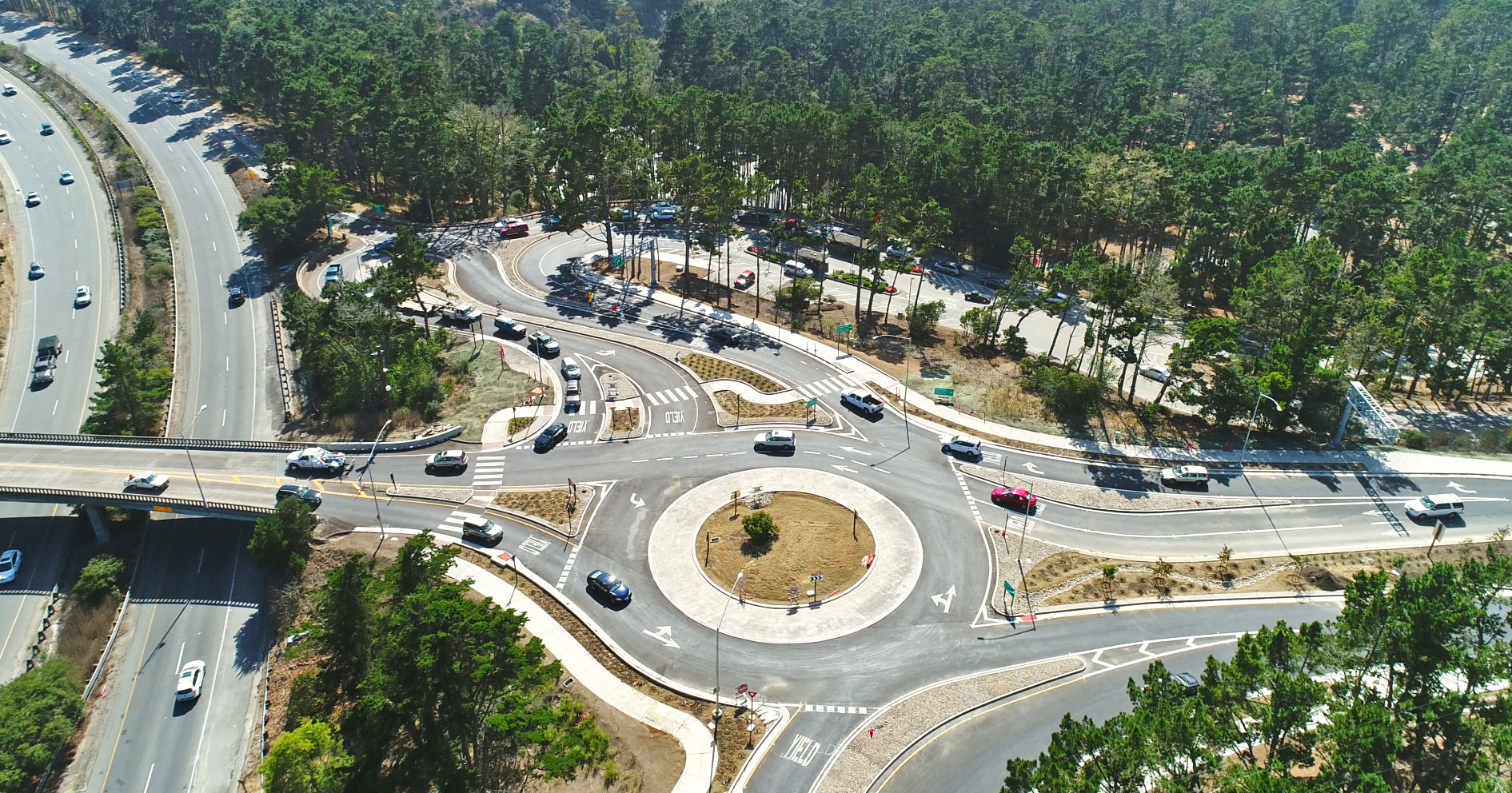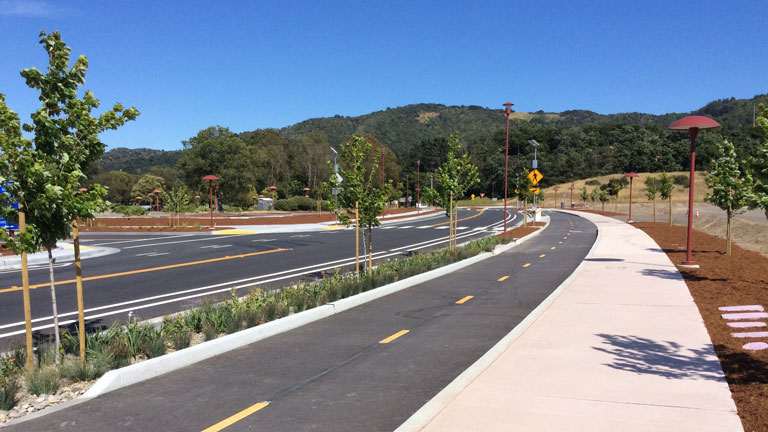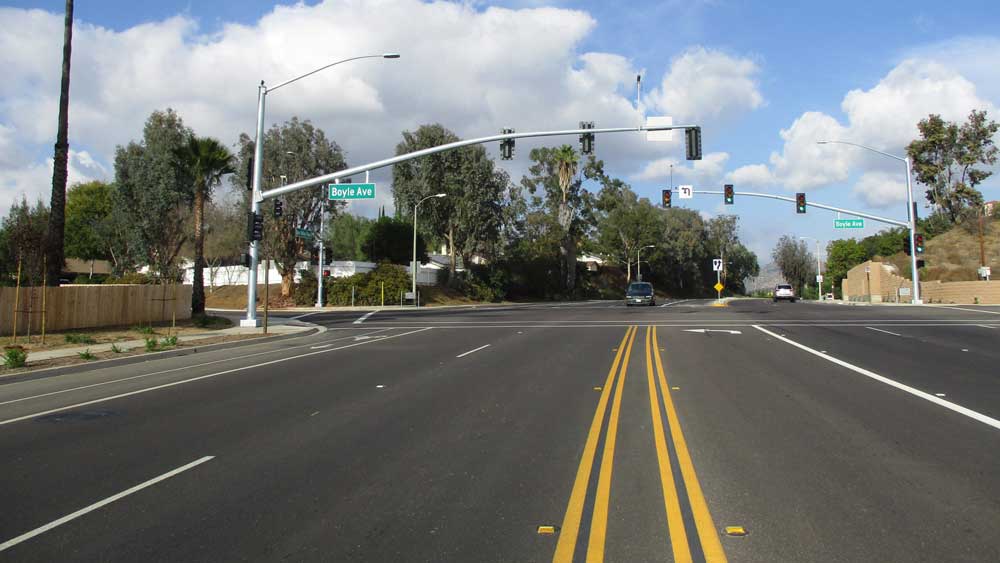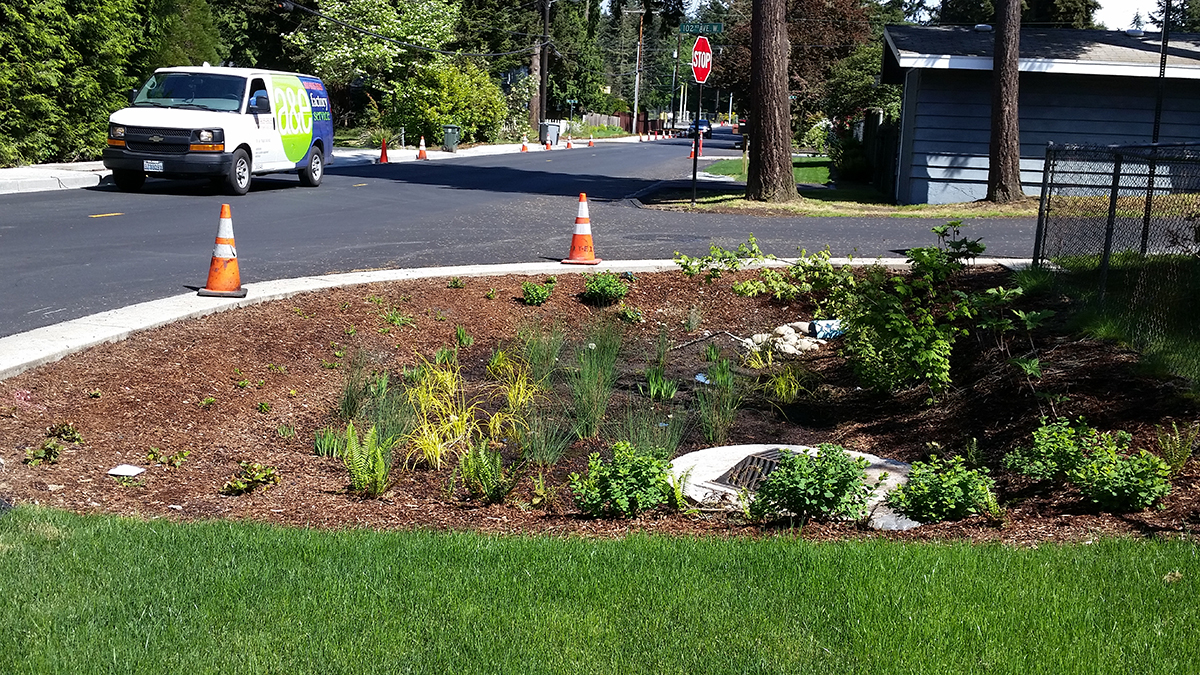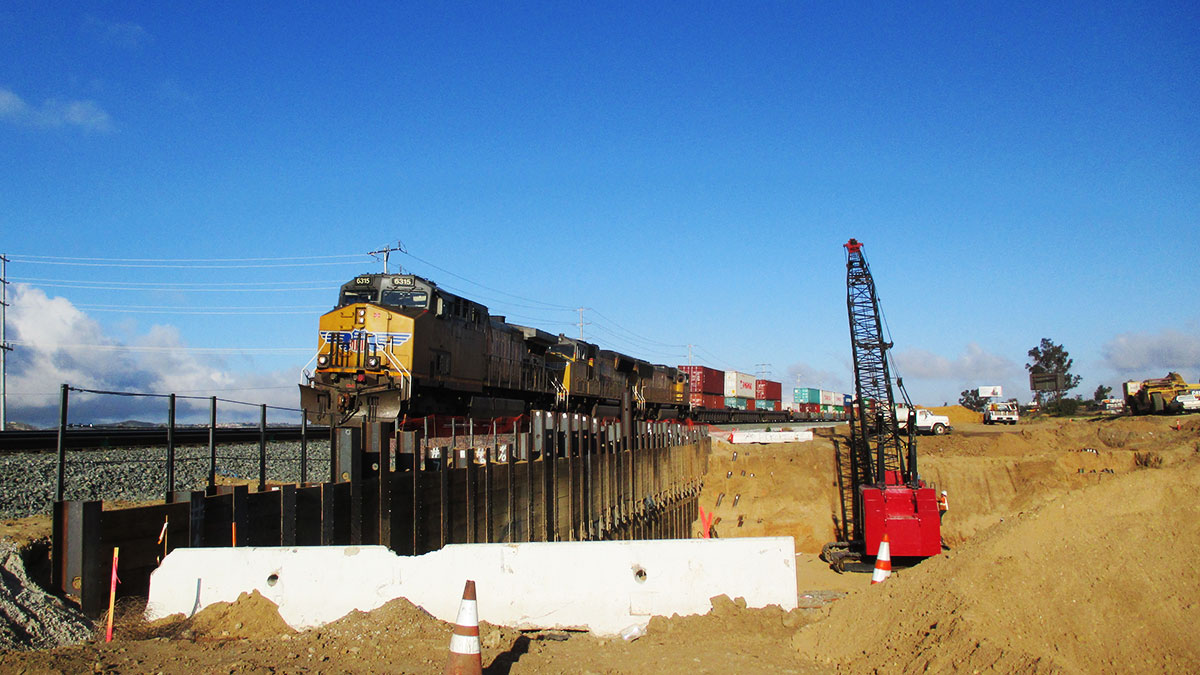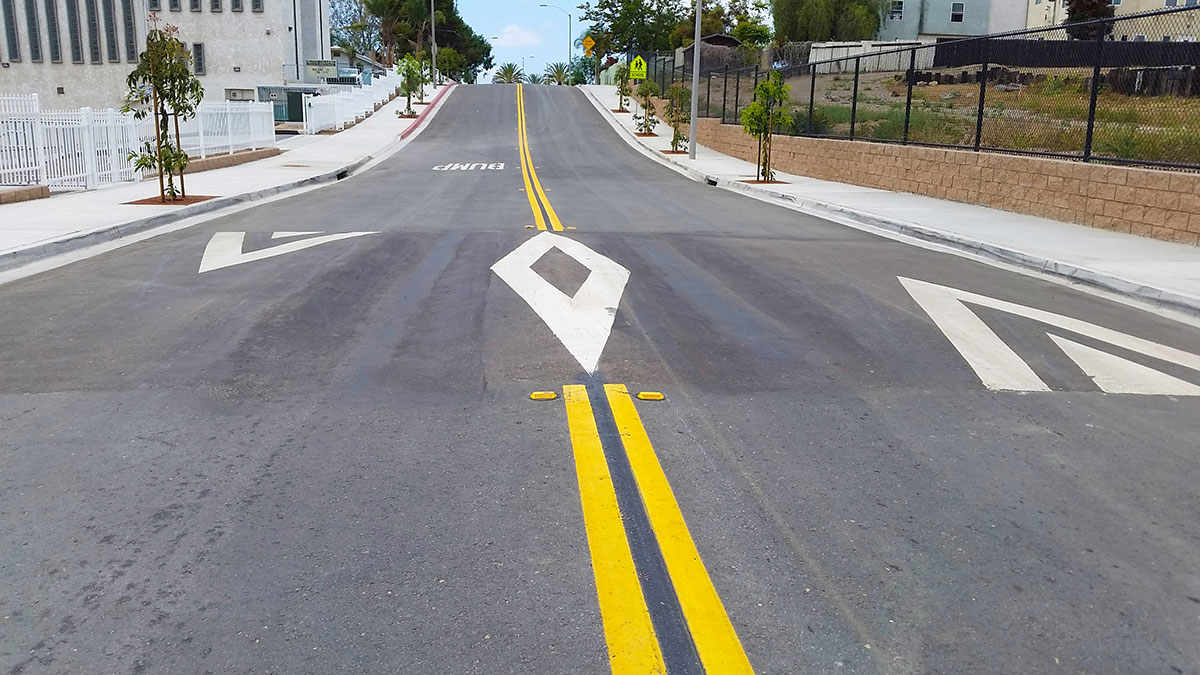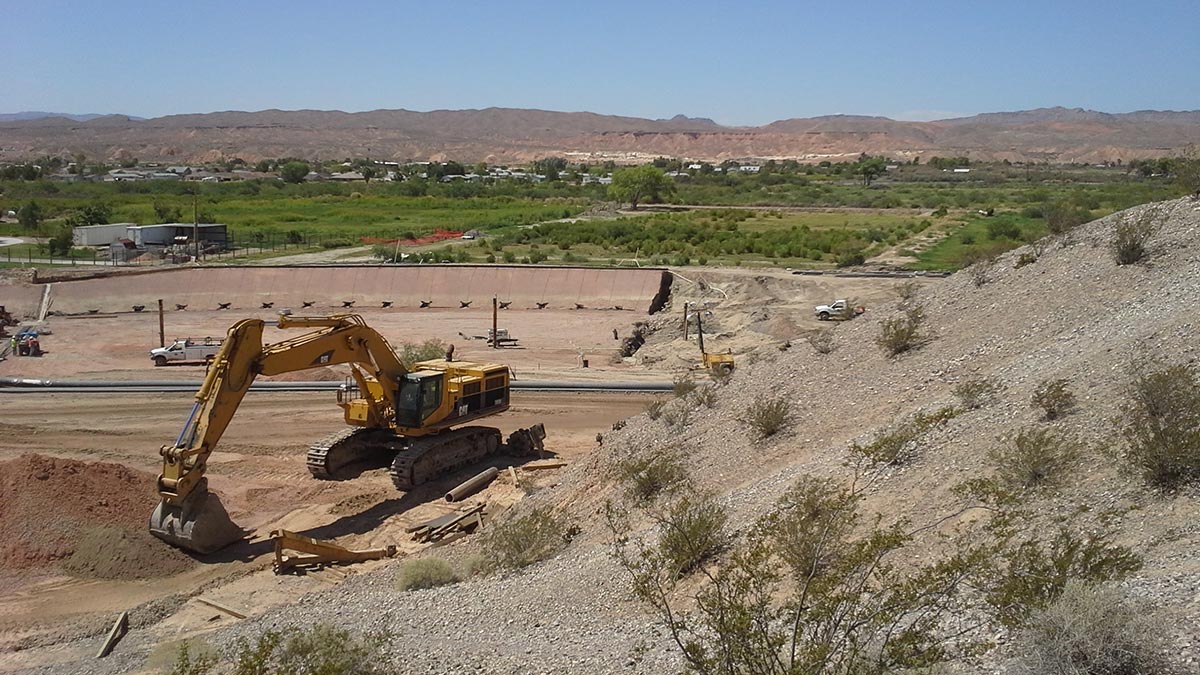2017
Notoriously busy, the Port of Los Angeles is dotted with traffic chokepoints. Among the most notorious: the C Street interchange at the I-110 freeway, where high congestion and poor circulation have long impeded access to the Port’s vital container facilities.
With the goal of speeding commerce and reducing traffic, Harris provided full transportation-related construction management services, including:
- Bridge and roadway construction inspection and management
- Third-party (utility and others) coordination
- Environmental oversight and coordination
- Claims support
- Budget management
- Project scheduling and cost controls
- Construction administration
- Document control
- Community outreach
Our inspection services included a new flyover bridge and a widening bridge structures, tieback wall, highway, demolition, electrical, paving and utilities.
Core Elements
The innovative project combined two different intersections—at Figueroa and C Street—into one. Improvements include:
- New, direct access from the northbound freeway onto a flyover to Harry Bridges Boulevard
- Relocation of the TraPac Terminal entrance
- Creation of a new cul-de-sac at C Street
The biggest part of this project—sited on Port, City and Caltrans property—is the utility relocation for TraPac. That part alone will cost $21 million.
Beyond the Blueprints
Transportation and commerce aren't the only issues at stake in this project. The environment is, too.
Harris coordinated the management of the environmental impact in conjunction with the I-110/SR-47 Interchange and John S. Gibson Intersection/Northbound I-110 Ramp Access project—and will follow the same environmental process. Caltrans functions as the CEQA/NEPA/Environmental Assessment lead agency, with the Port working through Caltrans to meet its standards. While the project did not require an environmental impact report, it does adhere to a Mitigated Negative Declaration.
Client
Port of Los Angeles
Location
San Pedro, CA
Markets
Services
